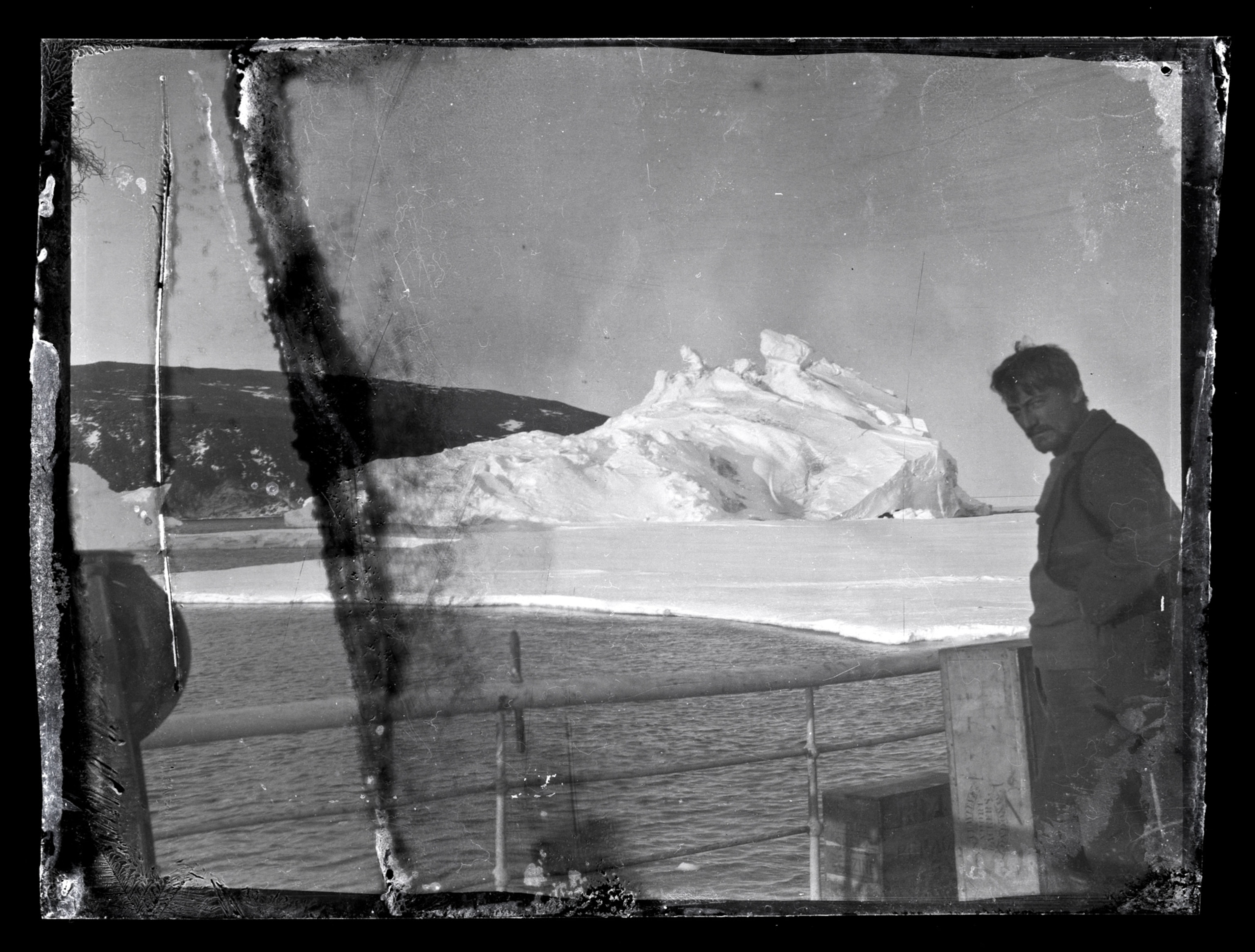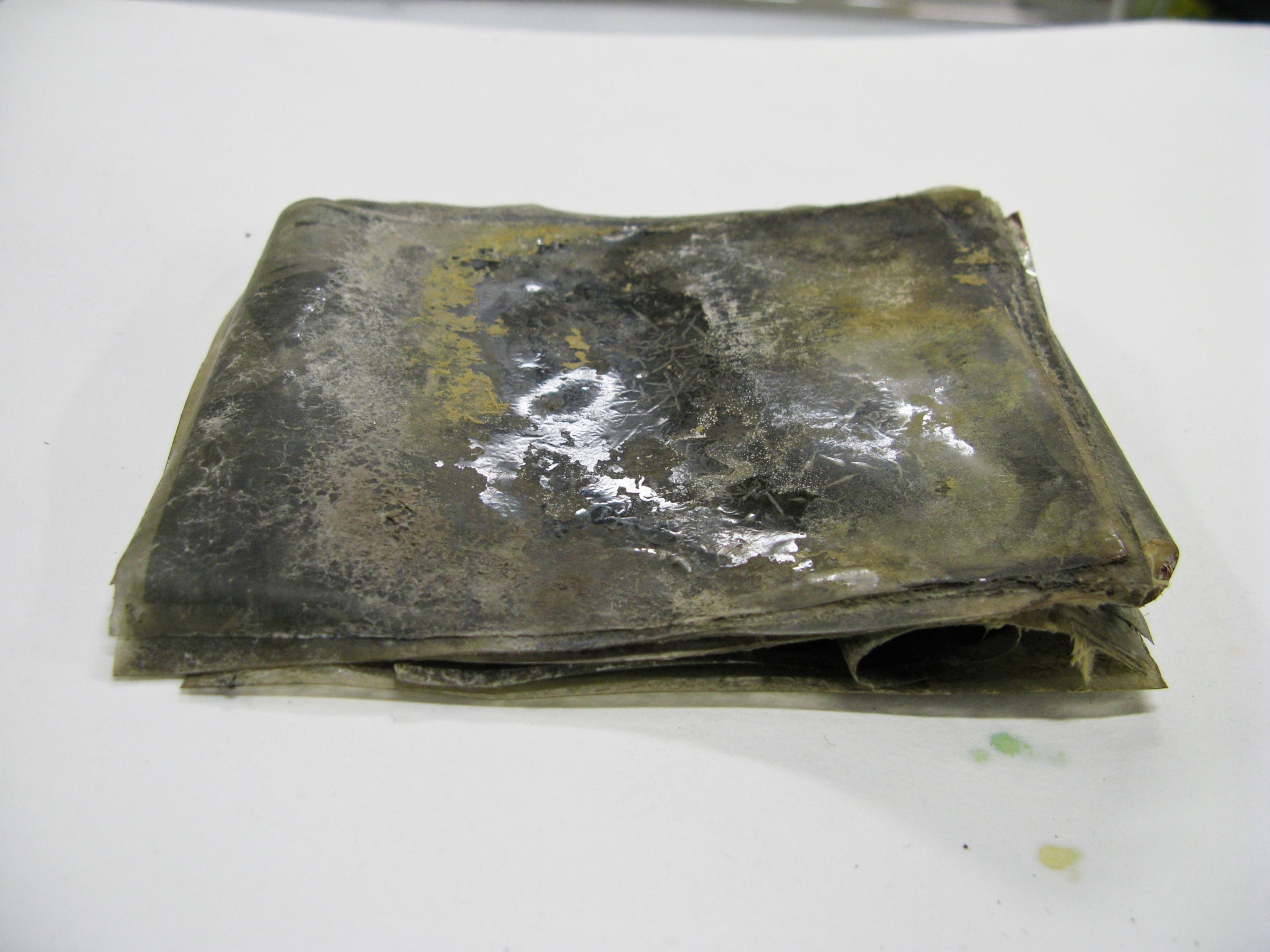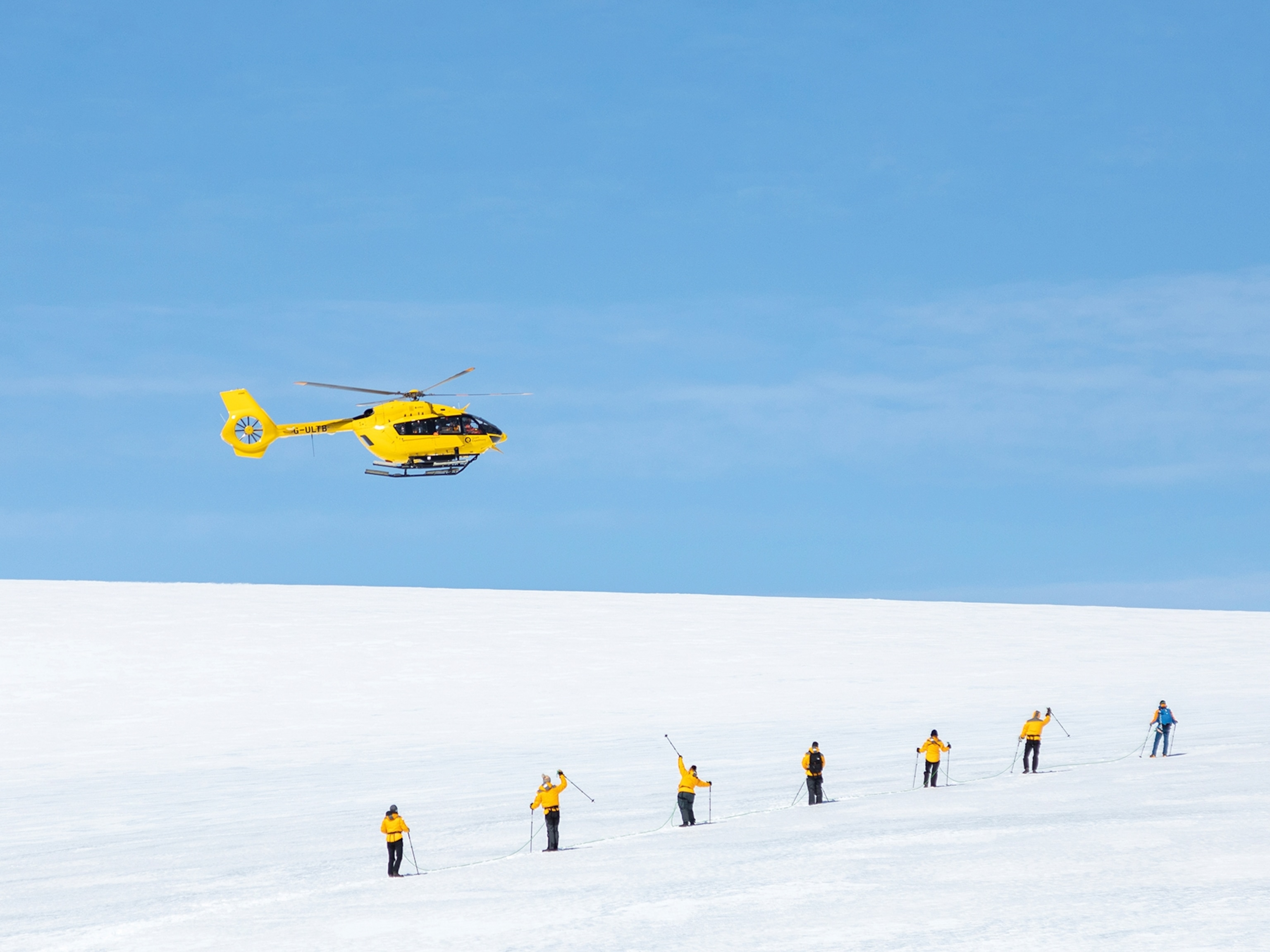
Electrifying Photos of the Early Age of Antarctic Exploration Found
Restored century-old negatives are a haunting reminder of a harrowing expedition.
The New Zealand Antarctic Heritage Trust has announced the stunning discovery of a cache of century-old photographic negatives found in a hut that served as base camp for the earliest Antarctic expeditions.

The cellulose nitrate negatives were clumped together in a small box in the hut's long-abandoned darkroom.
After painstaking conservation treatment, the negatives were separated to reveal 22 images from the early age of Antarctic exploration.
While the hut at Cape Evans was that of Captain Robert Falcon Scott, the photographs were taken by a member of Sir Ernest Shackleton's later expedition, which had wintered there in 1915-16.
The Heroic Age
Disasters were the hallmark of early polar exploration, often referred to as the "heroic age" of discovery because each venture required superhuman efforts merely to survive. (See also "Opinion: 6 Reasons Antarctic Explorers Were Tougher 100 Years Ago.")
By 1914 the South Pole had already been won and claimed by Norway's Roald Amundsen. But for ambitious explorers like Shackleton, one great southern polar prize still remained—the crossing of the Antarctic continent.
Shackleton had tried twice, and failed twice, to reach the Pole on previous expeditions.
All his hopes then lay in this last attempt, and his Imperial Trans-Antarctic Expedition was assembled with what passed for great care in that amateur age of discovery. Central to his plans were two ships and two land expeditions.
The first team, under his command, would sail to the Weddell Sea in his ship, Endurance, winter over, and start the overland march in the southern spring.
The second team would sail from New Zealand to Antarctica's Ross Sea, wintering over at Cape Evans—the base of operations for all previous Antarctic land expeditions—and laying depots of food and supplies toward the Pole.
Best Laid Plans Undone
In theory it was an elegant plan. In practice both expeditions met with disaster: Endurance was crushed by ice, and Shackleton's grand overland venture was never even begun.

On the other side of the continent, the Ross Sea party was fighting its own battles.
On the night of May 6, 1915, a blizzard had wrenched their ship, Aurora, from her mooring and blown her out to sea, along with much of their supplies. Ten members of the party were stranded, and they sought shelter in the hut of Shackleton's old rival, Scott.
Unaware that Endurance had met with disaster, the Ross Sea team believed that the lives of the men on Shackleton's overland expedition depended on the depots it was their task to lay.
Resolving to lay these supply caches at all cost, the men stinted their own supplies through a long winter and in spring embarked upon what would be the most arduous and lengthy journey of man-hauled sledging at that time.
Although three of the stranded men perished, the supplies were successfully laid—but Shackleton never came. The rest of the men were rescued in January 1917.
The discovery of the old negatives evokes the familiar landmarks around McMurdo Sound and yields a portrait of the expedition's chief scientist, Alexander Stevens, on the deck of the ill-fated Aurora.
As the centenary of the Ross Sea party's ordeal approaches, the ghostly images stir a haunting memory of this remarkable feat of duty and self-sacrifice.





